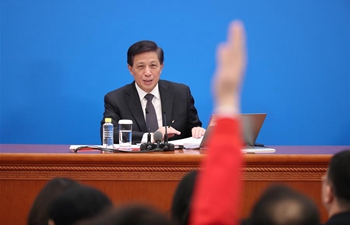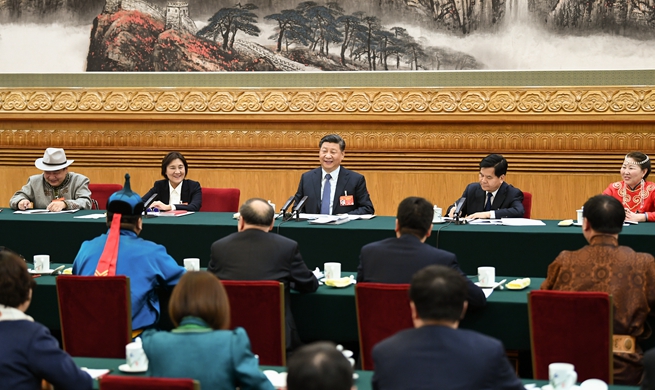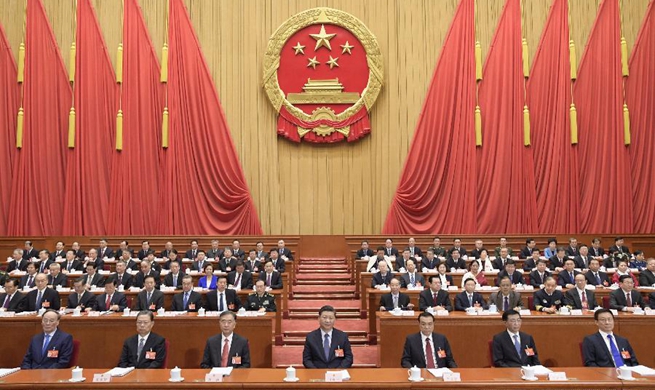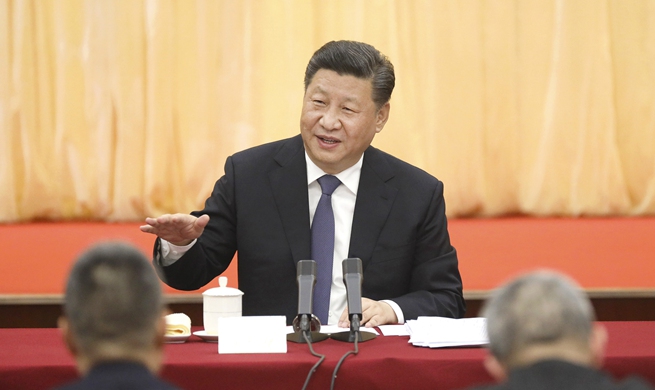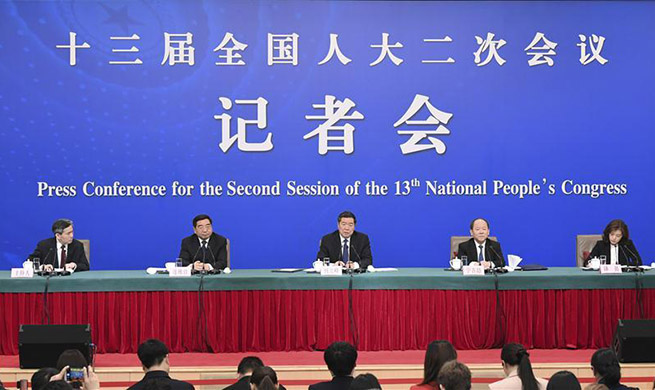GENEVA, March 6 (Xinhua) -- The World Health Organization (WHO) unveiled on Wednesday the most wide-ranging reforms in its history, vowing to help billions of people worldwide benefiting from universal health coverage (UHC) and being protected from health emergencies.
Aiming to play its role more effectively and efficiently as the world's leading authority on public health, the WHO reform centers on achieving the ambitious "triple billion" targets for the next five years: one billion more people benefiting from universal health coverage; one billion more people better protected from health emergencies; and one billion more people enjoying better health and well-being.
"The changes we are announcing today are about so much more than new structures, they're about changing the DNA of the organization to deliver a measurable impact in the lives of the people we serve," said WHO Director-General Dr. Tedros Adhanom Ghebreyesus.
To eliminate duplication and fragmentation, the WHO is to adopt a new structure and operating model to align the work of headquarters, regional offices and country offices, while at the same time setting a new Division of the Chief Scientist to ensure that the WHO stay on top of the latest scientific developments, such as the gene editing technologies, and that those developments be used to improve global health, according to the WHO chief.
The UN health authority also plans to help countries make use of digital technologies and artificial intelligence for the good of public health, which will be supported by its new Department of Digital Health.
Targeting staff and public health professionals globally, the WHO is to invest in new initiatives including a proposed state-of-the-art school, the WHO Academy, and to build up a more efficient recruitment process by, for instance, cutting hiring time in half and offering management trainings and new opportunities for national professional officers.
Other reform measures include creating a new Division of Emergency Preparedness against the impact of outbreaks and other health crises, driving new fundraising initiatives and reducing its reliance on a small number of large donors, and setting a new Division of Data, Analytics and Delivery to monitor the progress towards the "triple billion targets."
According to the WHO chief, the WHO's new corporate structure will be based on four pillars: the Programs pillar to support the UHC, the Emergencies pillar to respond to health crises, the External Relations and Governance pillar to target resource mobilization and communications, and the Business Operations pillar to focus on delivery of key corporate functions.
"Our vision remains the same as it was when we were founded in 1948: the highest attainable standard of health for all people. But the world has changed, which is why we have articulated a new mission statement for what the world needs us to do now: to promote health, keep the world safe and serve the vulnerable," said the WHO chief.







